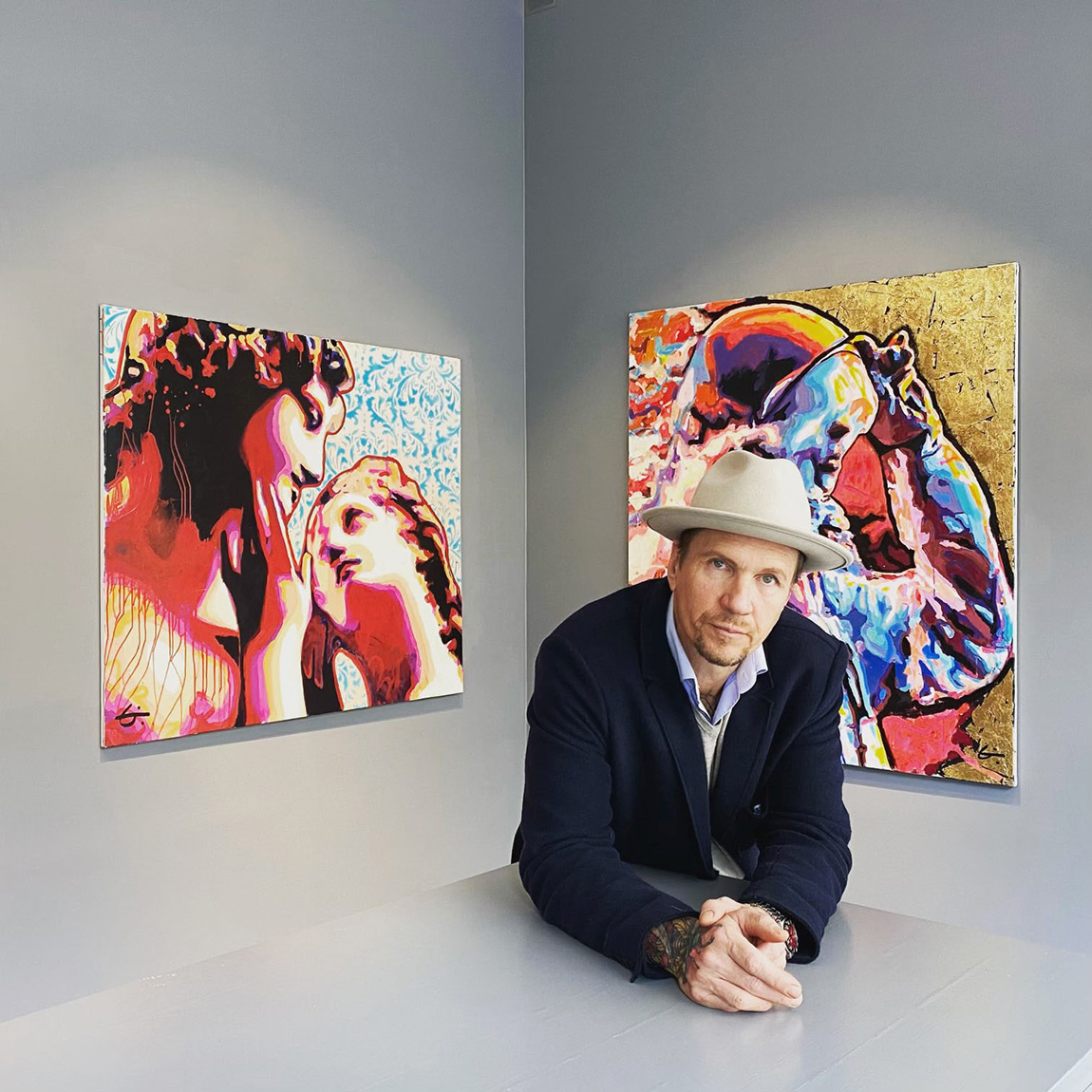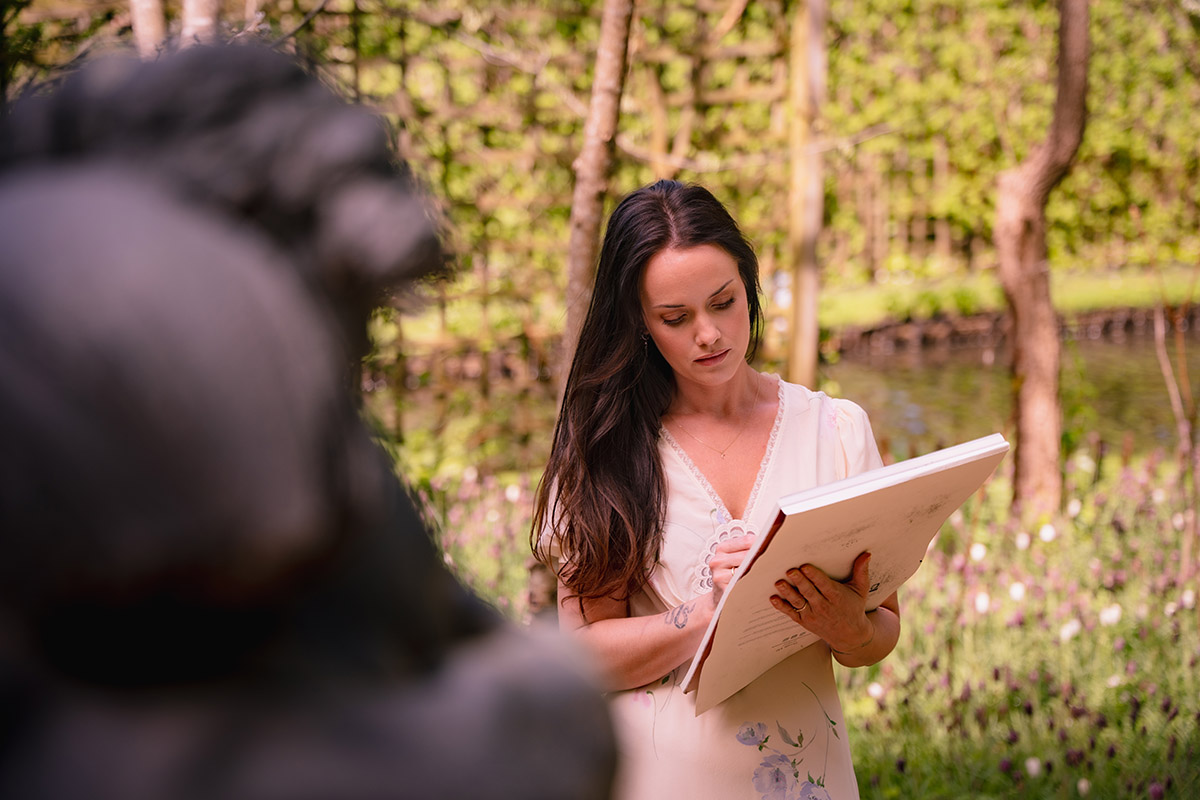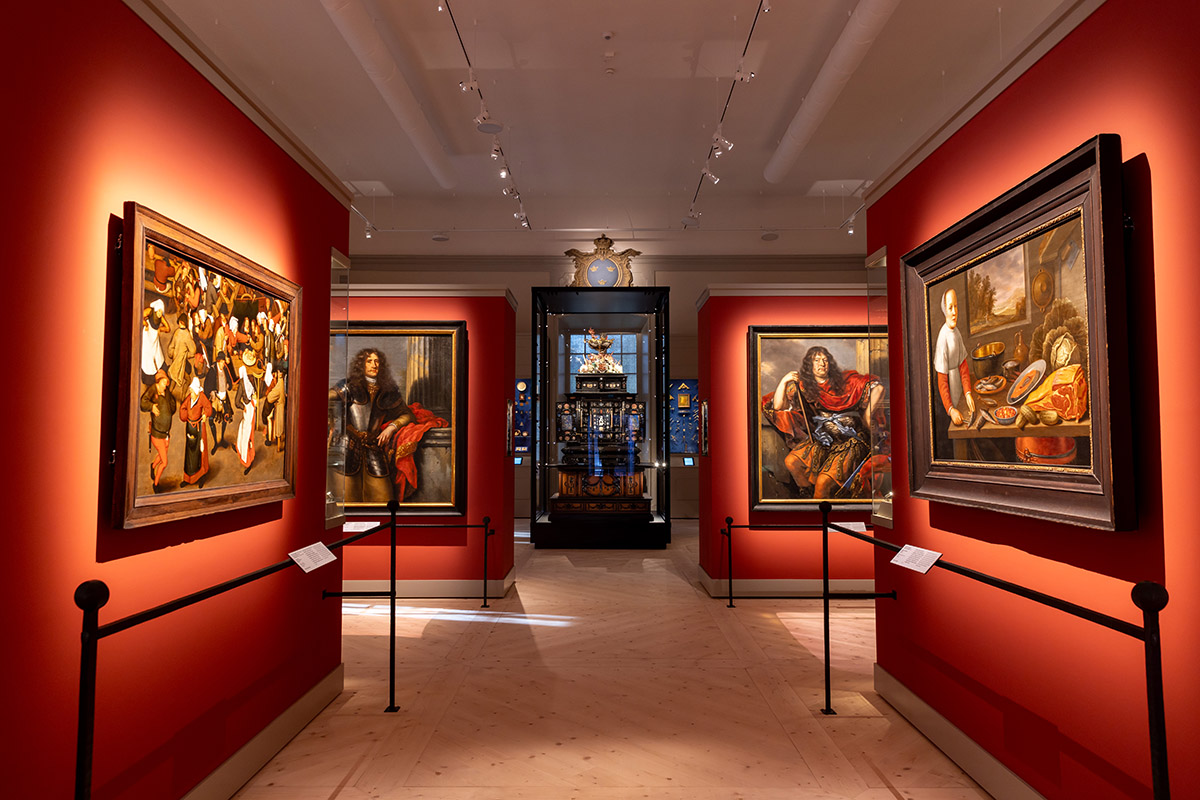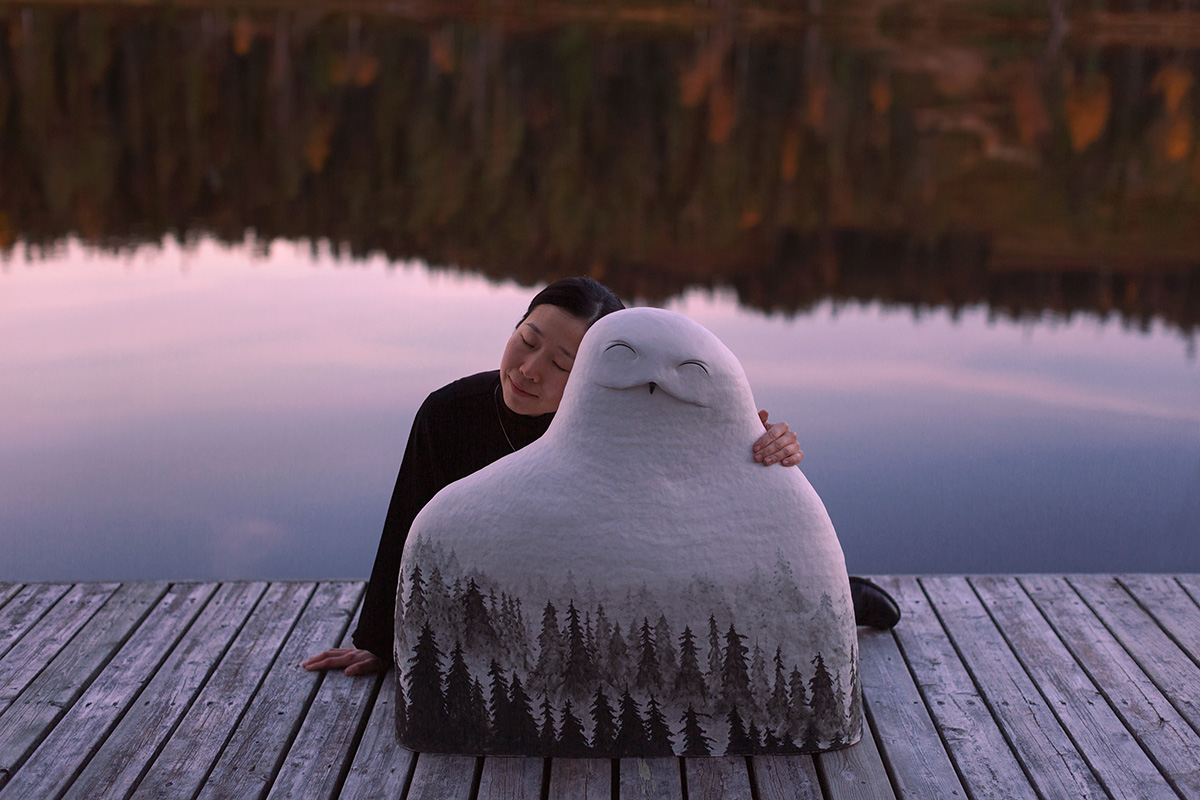Bildmuseet: A kinetic dance through time and space
By Nina Bressler | Photos: Pascal Maillard
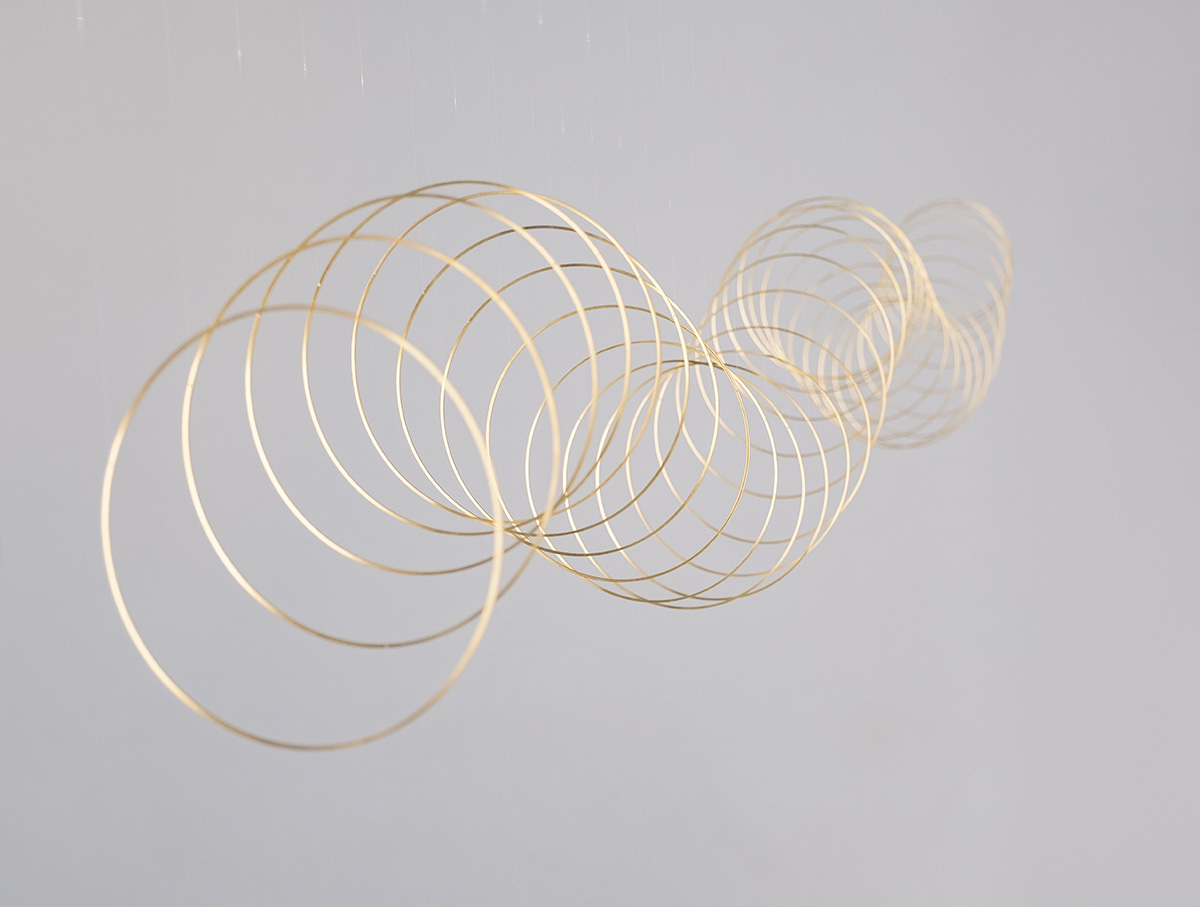
Elias Crespin, Circualineados 248, 2019.
For the first time, the work of the world-renowned artist Elias Crespin is displayed in Sweden in the exhibition Chronomorphosis at Bildmuseet in Umeå. The museum is a thriving platform for new and established artists and one of the most prominent venues for international contemporary art in Sweden, with more than 75,000 visitors every year.
Bildmuseet – the Umeå University Museum of Contemporary Art and Visual Culture – has been a beloved destination for art enthusiasts since 1981. Today, it is an esteemed stage for groundbreaking artists to showcase their work, with numerous exhibitions over the years. Spring 2024 brings another one for the books: Chronomorphosis, by Venezuelan artist Elias Crespin.
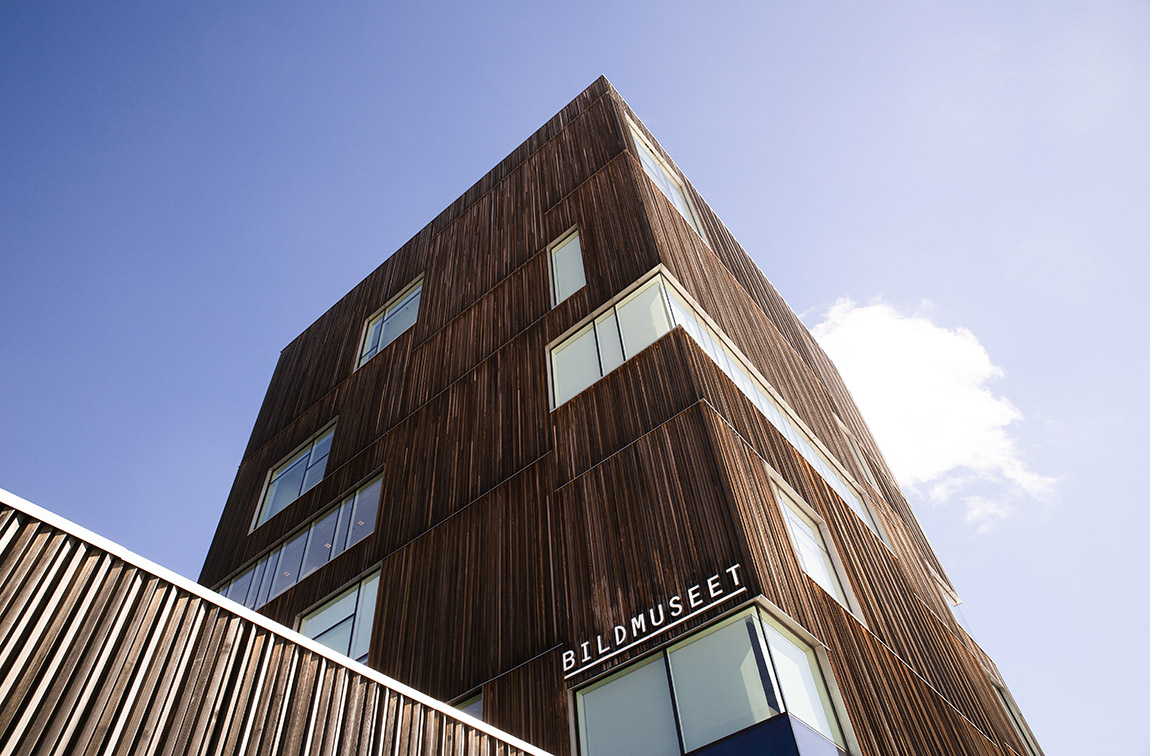
Bildmuseet. Photo: Erik Hillbom
Residing in the French capital of Paris, Crespin has made a global name for himself with his intricate installations where geometrical shapes combine precision and artistic expression, arranged to astound and intrigue its viewers. His professional career started in programming and later evolved into artistry with mathematical algorithms and kinetic movement at its core. With jaw-dropping installations exhibited all over the world, he’s also one of few living artists with permanent installations exhibited at the Louvre, an impressive feat by any measure.
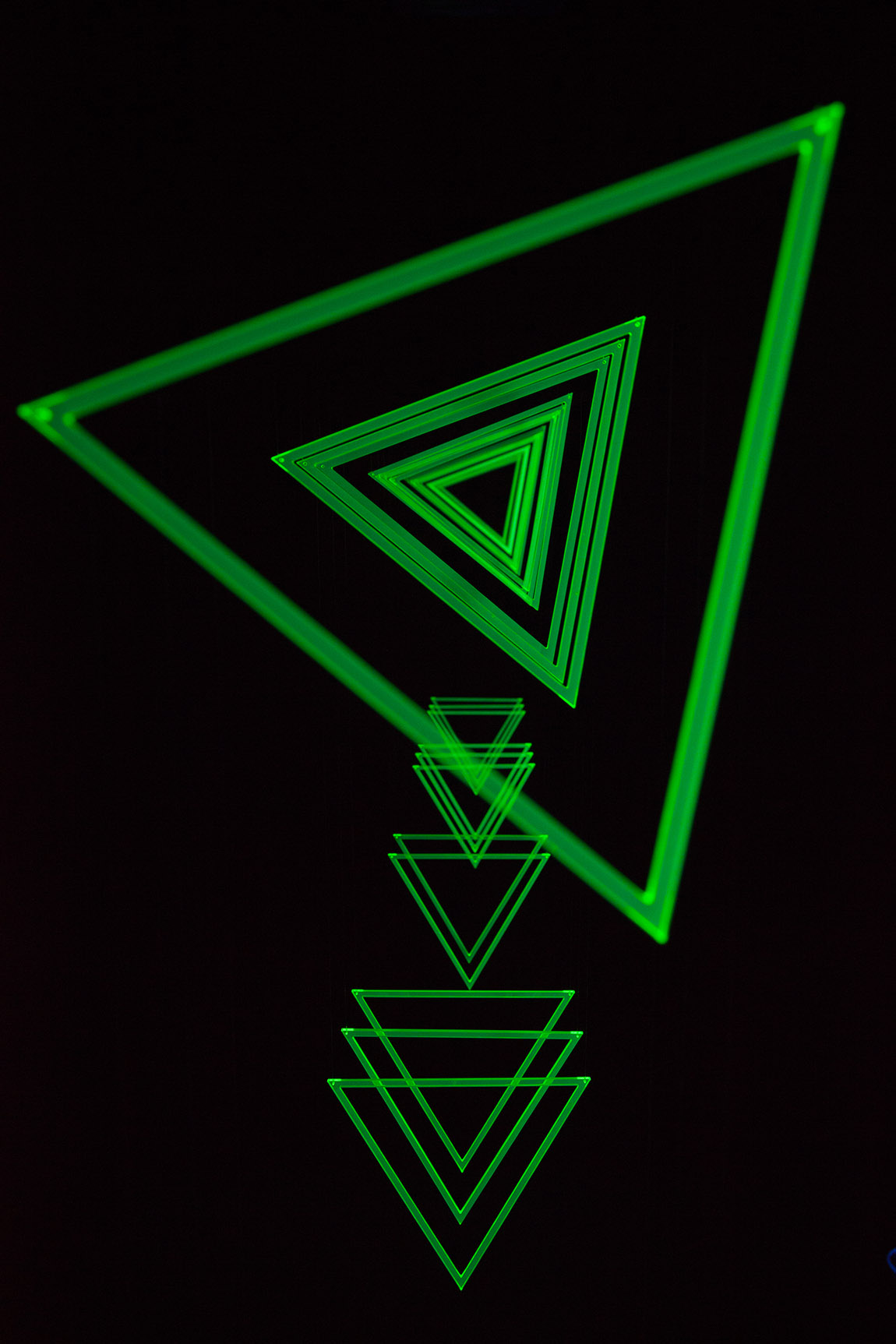
Elias Crespin, Trialineados fluo vert, 2016.
Brita Täljedal, curator at Bildmuseet, has been hooked ever since seeing his work in Paris in 2017. ”I was enthralled by his installations and the unique way his objects are combined through kinetic, subtle movements. We’re thrilled to be the first Swedish museum to exhibit Elias’ works and to open the doors to a one-of-a-kind experience,” she says, adding: “The title, Chronomorphosis, is a wordplay on movement over time, and the exhibition will take you on a journey through just that.”
Crespin’s installations are made of sharply and naturally colourised metal and acrylic elements that are set in motion through small motors installed in the ceiling and attached to thin, invisible threads to create a sense of space — sliding slowly up and down in a pattern destined for perpetuity. ”It’s an enchanting dance where complexity meets simplicity in a magical way, as soothing as it is enthralling. The sculptures invite the viewer to a meditative observation, and we look forward to seeing his work being received by Swedish audiences for the first time,” Täljedal concludes.
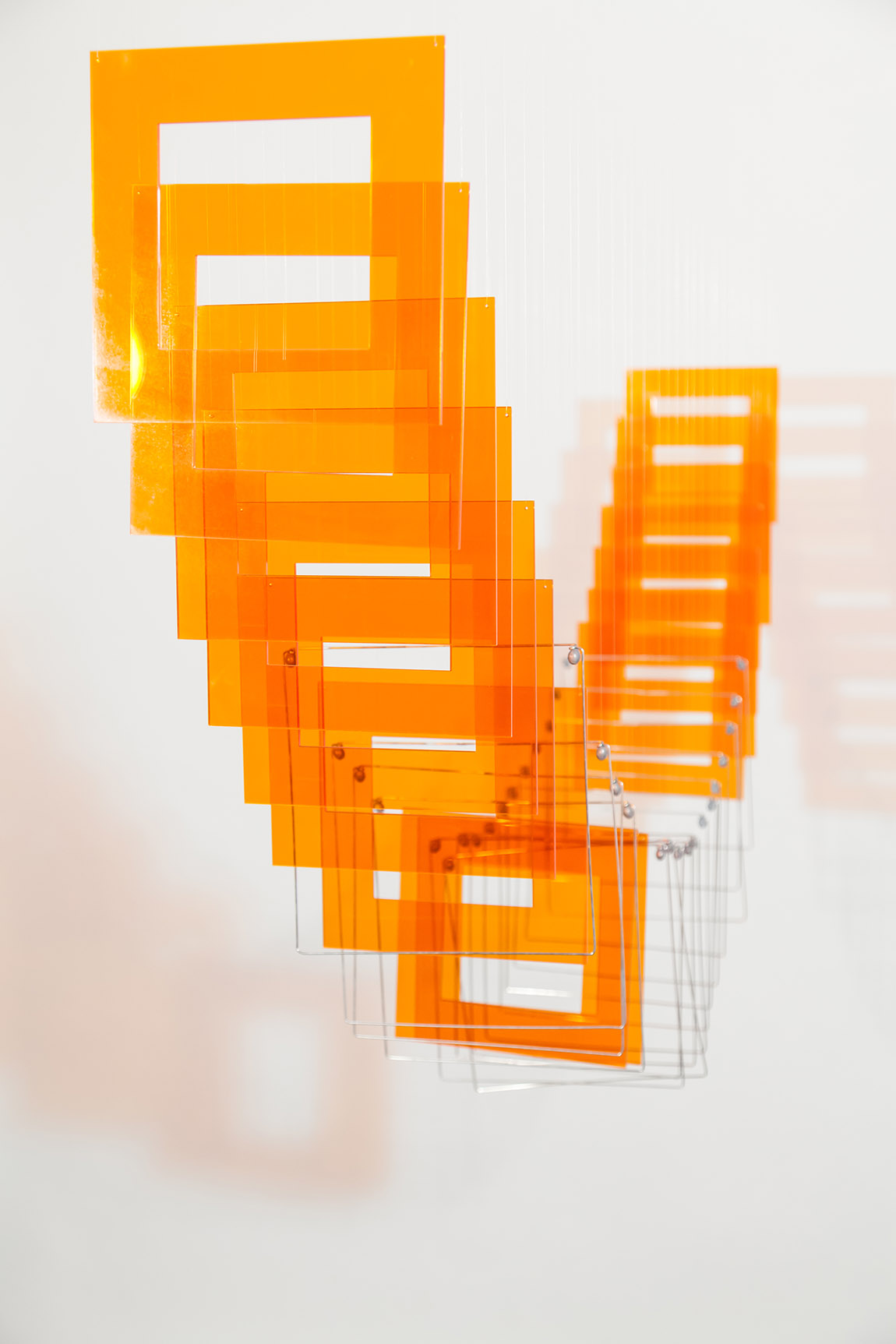
Elias Crespin, Tetralineados Orange, 2010.
Elias Crespin, Chronomorphosis, open from 15/3/2024 to 12/1/2025.
www.bildmuseet.umu.se
Instagram: @bildmuseet
Subscribe to Our Newsletter
Receive our monthly newsletter by email

